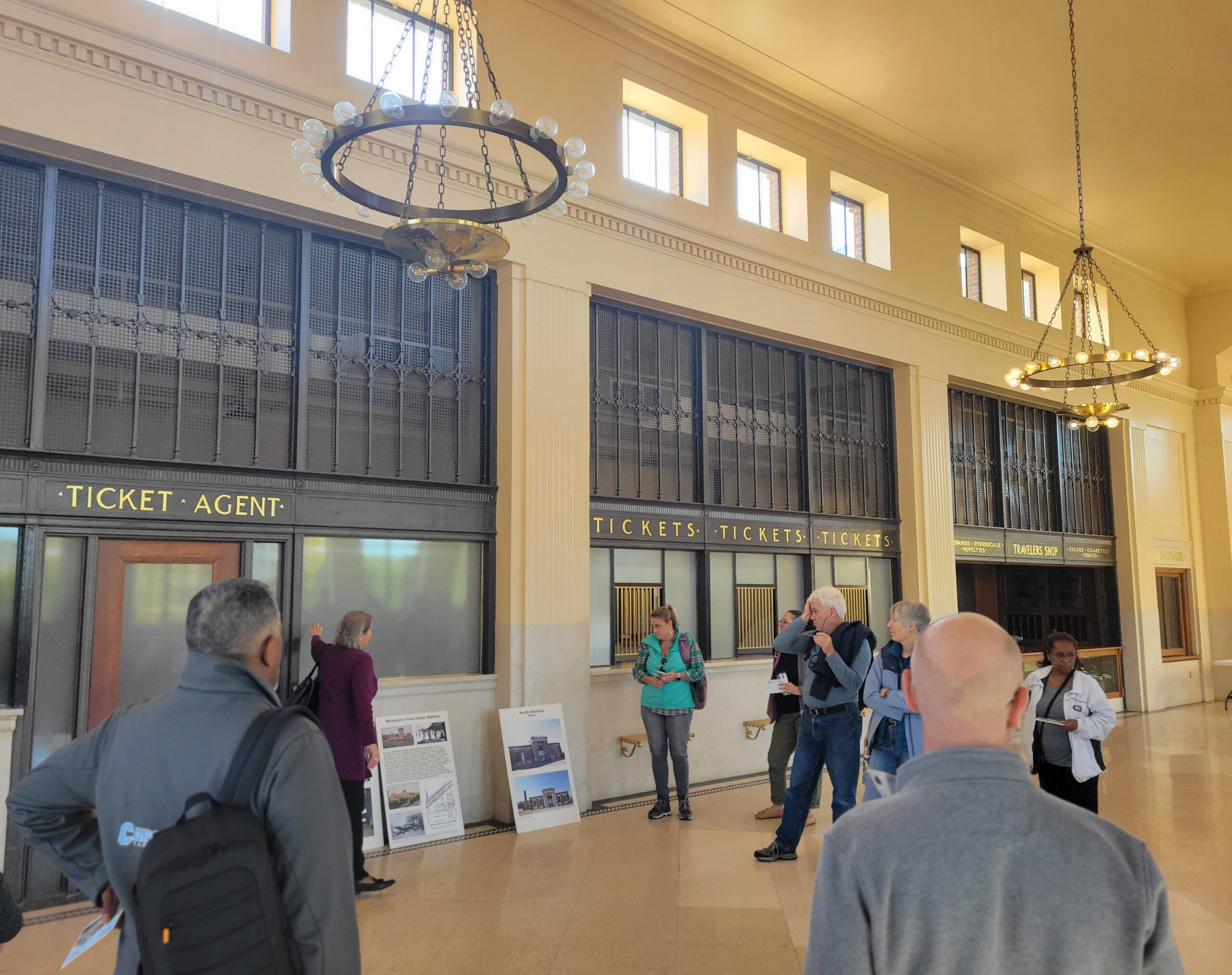Background
After World War II, with a rapidly growing population, a lack of modern infrastructure, and a need for housing; the United States began to make major investments in highways, urban renewal, and public works. With such great need and a desire for something “new,” the public largely supported major investments and the establishment of federal programs to deliver affordable housing, interstate highways, dams, and more.
Unfortunately, despite some tremendous accomplishments, several federal projects and programs began to irrevocably alter communities. Neighborhoods were demolished, historic buildings razed, archeological sites destroyed, bypasses cut through landscapes – and citizens found themselves with no voice and no means to stop it. In short, federal dollars were being used to destroy our nation’s history – and there was no process in place to evaluate impact.
In 1966, the National Historic Preservation Act (NHPA) changed all of that, when Congress declared:
In the face of ever-increasing extensions of urban centers, highways, and residential, commercial, and industrial developments, the present governmental and nongovernmental historic preservation programs and activities are inadequate to insure future generations a genuine opportunity to appreciate and enjoy the rich heritage of our Nation.
With the passage of NHPA, Congress made the federal government a full partner and a leader in historic preservation. Today, federal agencies that have major stewardship responsibilities for public lands and resources, or have the most frequent, significant effects on historic properties through federal assistance and regulatory programs, have substantial historic preservation responsibilities.

Section 106 of the NHPA requires that before any federal agency issues a permit, provides funding, or directly completes an “undertaking,” it must consider the impact to our historic resources. Further, it established the Advisory Council on Historic Preservation (a cabinet-level body of presidentially appointed citizens, experts in the field, and federal, state and local government representatives) which must be given reasonable opportunity to comment.
Recognizing that historic preservation in the United States should not be a top-down process, the NHPA further authorizes the designation of a State Historic Preservation Officer (SHPO) for each state or territory, and a Tribal Historic Preservation Officer (THPO) for qualified Tribes. SHPOs and THPOs serve as the “boots on the ground” in their respective jurisdictions – assuring local input about the historic resources that matter to communities. To drive that point home even further, a provision for Certified Local Governments provides a means for more local input and influence. To accomplish all of this, in 1976 Congress amended the NHPA to include a “Historic Preservation Fund” to help fund the process
The NHPA also directed the Secretary of the Interior to expand the National Historic Landmark program (originally created in the 1935 National Historic Sites Act) to establish the National Register of Historic Places. Central to determining whether a federal undertaking will impact a historic resource is whether a property or site is individually listed on the National Register, a contributing resource to a Historic District, or whether it has been determined “eligible” for listing. SHPOs play a vital role in the designation process which is managed by the National Park Service on behalf of the Secretary of the Interior.
Other important ingredients of the federal historic preservation program include the Secretary of Interior’s Standards for the Treatment of Historic Properties, and the requirements placed upon Federal Agencies (via Section 110, amended 1996) to document, nominate and preserve the properties they own or control. This section also provides for the creation of Federal Preservation Officers (FPOs), for which the ACHP maintains a current list.
All said, the Federal Historic Preservation Program is truly a partnership. It is not designed with singular answers, and it is designed to afford input and flexibility for the preservation of places important to all Americans. For more information about how this plays out in your state, please contact your State Historic Preservation Office.
